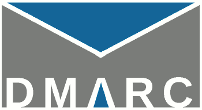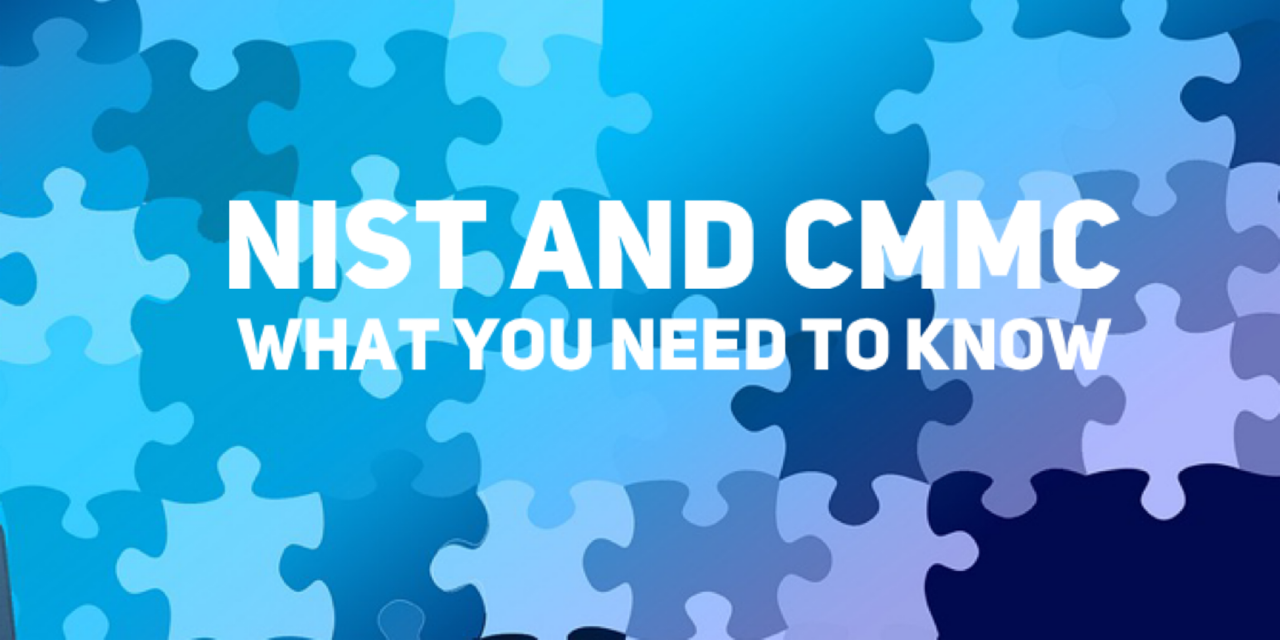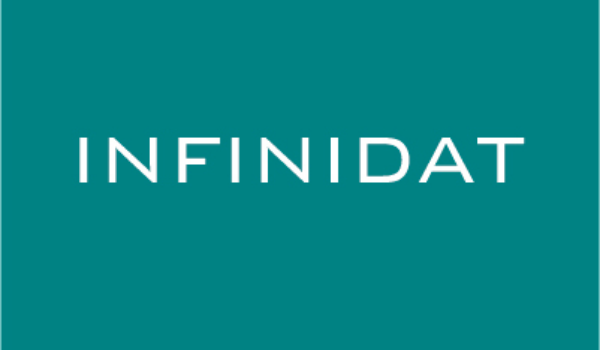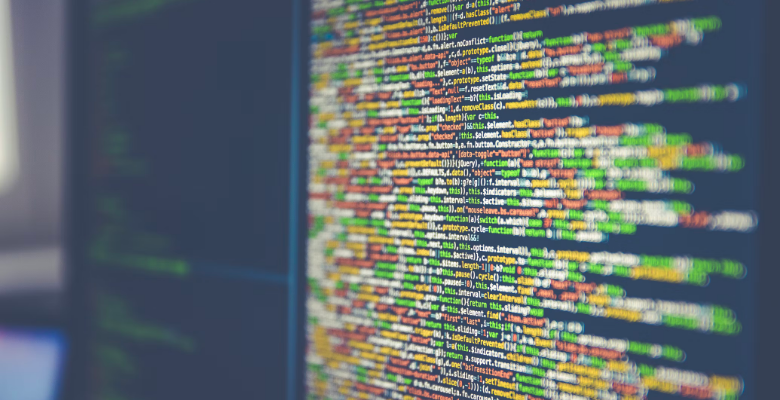DMARC (Domain-based Message Authentication, Reporting & Conformance) is an email authentication, policy, and reporting protocol. It builds on the widely deployed SPF and DKIM protocols, adding linkage to the author (“From:”) domain name, published policies for recipient handling of authentication failures, and reporting from receivers to senders to improve and monitor the domain’s protection from fraudulent email.
DMARC is designed to fit into an organization’s existing inbound email authentication process. The way it works is to help email receivers determine if the purported message “aligns” with what the receiver knows about the sender. If not, DMARC includes guidance on how to handle the “non-aligned” messages. Because cyber security continues to be a top priority for businesses, DMARC adoption is on the rise for several good reasons.
Top 3 Reasons to Implement DMARC
Read More












